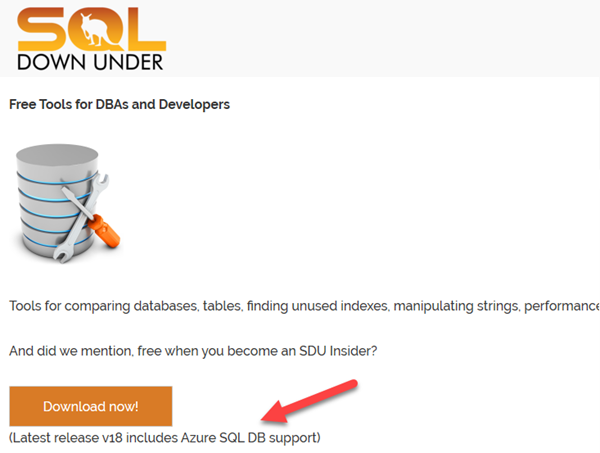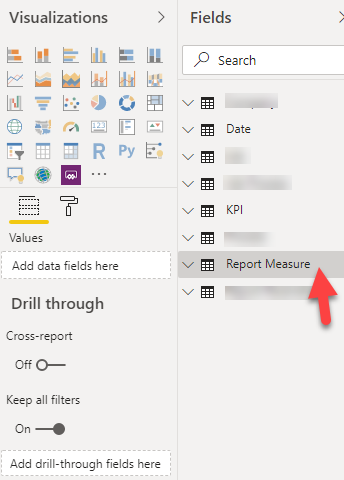
SDU Tools: Version 18 shipped and adds support for Azure SQL Database
I just wanted to give everyone a heads-up that we recently shipped version 18 of our free SDU Tools for developers and DBAs.
We’ve had so many requests for a version of SDU Tools that will work with Azure SQL Database. So, in version 18.0, we added that support.
So what’s changed?
We’ve added two new scripts included in the download: one for adding the tools to Azure SQL DB and one for removing them.
2020-02-05










